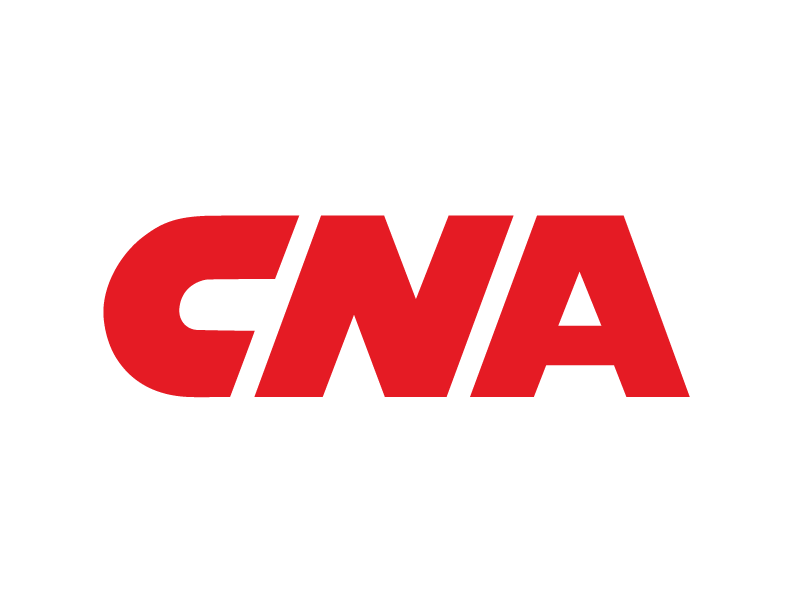Things Every Small Business Should Know About Workers’ Comp
For many small business owners, workers’ compensation insurance is viewed as a legal requirement to fulfill, something to check off and file away. But that mindset can be costly.
Today’s workers’ comp market is evolving fast, and your policy can do more than satisfy compliance. It can help protect your team, reduce both operational and reputational risk, and support your business’ long-term health.
Here are five things every small business owner should know to get the most out of their workers’ comp coverage.
1. Markets Demand Agility
The insurance market has been soft for nearly a decade, thanks to an abundance of capacity paired with favorable loss results that have helped drive competition and keep rates down. The present trends of flat to negative renewal rates and increasing acquisition costs are intersecting with an evolving risk landscape where economic uncertainty is present.
It will be important to keep a pulse on medical costs, wage inflation, legislative changes, shifting trade conditions and changes to unemployment rates among other macroeconomic factors that will influence workers’ comp premium rate filings. Now is an advantageous time for insureds to assess their insurance needs and make sure they have appropriate coverage.
When selecting a carrier, it is important to consider your current and future needs. Factors such as meeting compliance requirements within third party contracts, expansion into new geographies, potential job function and classification adjustments and anticipated changes in employee count and payroll should be top of mind. Carriers that have established reputations, broad capabilities and strong financial ratings can enable your workers’ comp program evolve with your business needs and create stability in your program.
Flexible options like pay-as-you-go billing, which are often overlooked, can also help you manage market dynamics, especially if your business has a variable or seasonal payroll. In the traditional approach, you pay estimated premiums in installments and then face an audit at policy expiration. Instead, with pay-as-you-go, insureds report payroll each month. Their workers’ compensation premium is billed monthly to align with that actual payroll exposure, improving cash flow predictability and lessening the likelihood of audit surprises at policy expiration.
2. Claims Handling Isn’t One-Size-Fits-All
Claims handling is the true differentiator in workers’ comp. Faster and higher quality resolution service generally equate to fewer operational disruptions and ultimately lower costs. These results are mutually beneficial for the employee, insured and insurer.
Effective claims service can empower your employees to recover and return to work sooner, reinforcing trust and continuity. Equally important is having a claims representative that understands that the claimant is an employee of yours and deserves care and empathy.
Optimal claims management can drive overall claim costs down, potentially influencing carrier loss costs and more directly impacting insured’s experience modification factors, which ultimately affect future premiums.
3. Industry Specialization Adds Value
Different industries have unique inherent risks. It is crucial to work with an agent and carrier that are experienced in underwriting and servicing similar risks to improve the quality of consultation, service levels, claim outcomes and ultimately costs.
Specialization helps carriers tailor services, recognize red flags early and provide actionable insights.
4. A Culture of Safety Pays Off
Building a safety-first culture isn’t just good practice – it’s a competitive advantage.
Implementing the following measures can make a big difference:
- Hold regular briefings and training to keep safety at the forefront
- Analyze the hazards of specific roles and tasks and implement specific risk mitigation measures
- Actively monitor incidents and near-misses to identify and address patterns. Little fixes, like the placing of a mat or fixing a floor crack, can prevent expensive claims.
- Invest in ergonomic tools or workspace improvements to prevent repetitive strain injuries
Safety culture also means open communication. Employees that feel empowered to speak up, report concerns and participate in solutions will help address issues efficiently.
An environment that promotes safety generally sees improved underwriting submissions, fewer claims, stronger employee morale and less disruption to business operations.
5. Diversifying Coverage Can Drive Efficiency
While workers’ compensation coverage is a legal requirement, aligning it with complementary policies – such as Business Owners Policy (BOP) or umbrella liability coverage – can help businesses streamline service, reduce administrative complexity, and minimize potential coverage gaps.
Many businesses find value in working with a single carrier for multiple lines of coverage. This approach can enhance coordination between policies, improve claims handling, and support long-term risk management strategies.
With the right insurance partner, like CNA, workers’ compensation becomes more than a compliance checkbox. It’s a cornerstone of a broader protection strategy that supports your people, your operations and your financial resilience.
Small Business appointed agents: quote and bind your Workers' Compensation business directly on CNA Central.
One or more of the CNA companies provide the products and/or services described. The information is intended to present a general overview for illustrative purposes only. Read CNA’s General Disclaimer.
